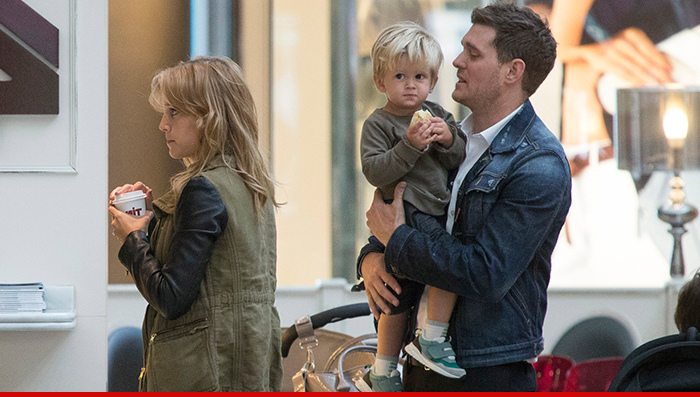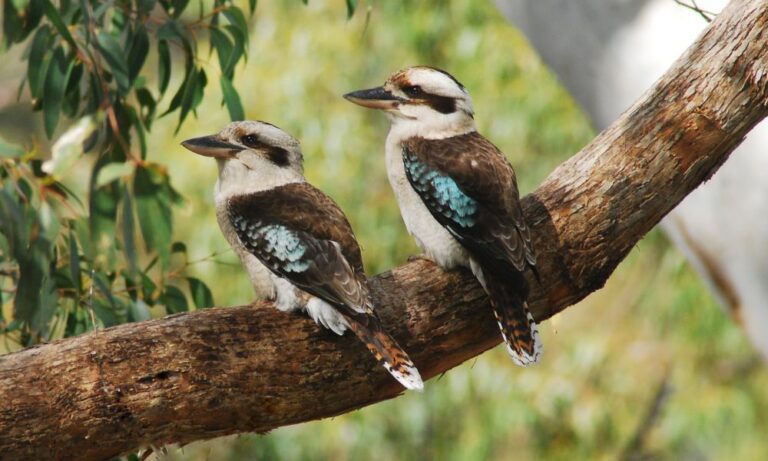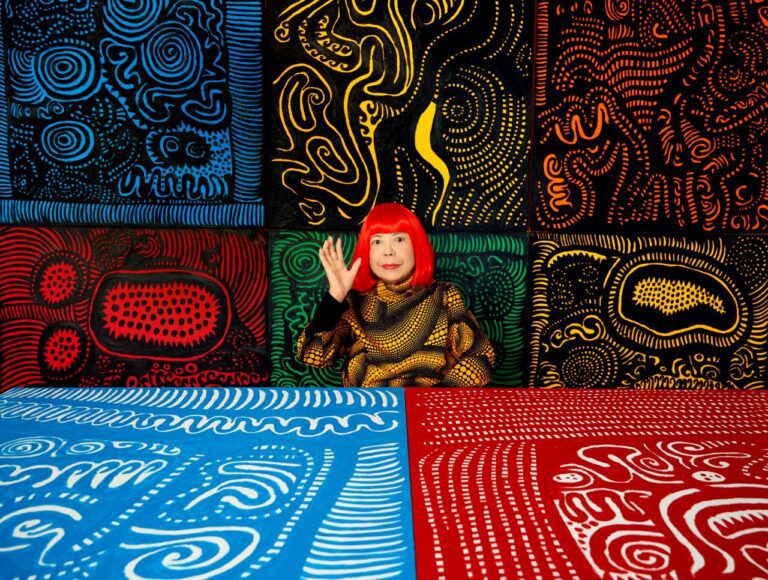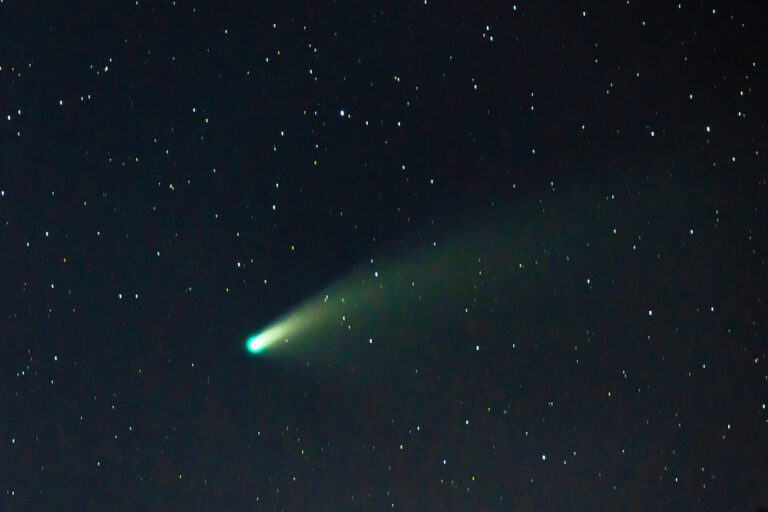As Michael Buble and his family share the harrowing news of their son’s diagnosis of liver cancer, we look at the state of childhood cancer around the world, improvements to treatment and the latest research.
The American Cancer Society has just released new data on childhood cancers as part of its Cancer Facts & Figures report. It regards childhood cancers as those occurring in youngsters from birth to 14 years.
Key findings include:
- In 2016 an estimated 10,380 new cases of childhood cancer will be diagnosed in the US; 1250 deaths will occur among children.
- Mortality rates for childhood cancer have declined by 66% over the past four decades, from 6.5 per 100,000 in 1969 to 2.2 in 2012.
The society produced a special report on childhood cancer in 2014, summarising the progress made and challenges ahead in fighting childhood and adolescent cancers.
It points out that advances in treatment have saved many lives over recent decades. But there has been less progress in understanding the causes and prevention of childhood and adolescent cancers.
And while there have been substantial improvements in survival for many cancers of childhood, there’s been little progress in others.
The report confirms advances in survival for many types of malignancies have resulted from improvements in surgical techniques, delivery of radiation therapy and use of chemotherapy.
Less optimistically, it reports children treated for many cancers have a high risk of immediate and long-term health issues.
These interfere significantly with the quality of life for these children and their families.
The UK’s Children With Cancer research group says just one in 500 youngsters will develop a form of the disease by the time they turn 14. Boys are slightly more at risk than girls.
The most common form is leukaemia, which accounts for almost one-third of child sufferers.
Brain and spinal cord tumours are next most common, a quarter of infancy cases.
Cancer is the most common cause of death in children in the UK and US, responsible for nearly one-fifth of deaths, with brain tumours being the most deadly.
Children With Cancer is more positive than its US cousins: it says the past few decades have seen dramatic improvements in the outlook for children diagnosed with cancer.
Fifty years ago, three-quarters of children diagnosed with cancer died; today more than three-quarters survive.
The average five-year survival rate, across all childhood cancer types, is 82 per cent.
In New Zealand four mothers have set up a charity after seeing their children go through cancer.
Roxana Halstead, whose 5-year-old son Eddie died, has joined with three other Canterbury mums whose children are battling cancer – Simone Weaver, Anne O’Connor and Nicole Parry – after they met in the waiting room of Christchurch Hospital’s children’s haematology oncology centre, nicknamed “CHOC”.
They launched REACH (Research, Education and Awareness of Child Cancer and Hematology) after deciding more study was needed into new treatments for child cancer.
REACH also stands for Remember Eddie, Aaliyah, Charlotte and Harley, their children, the driving force behind the women’s work.
Simone said the group wanted to make a difference. “We looked into it and found there was just about no child cancer research in New Zealand, so as friends, we said ‘let’s do something’.”
Anne said the charity would raise money for clinical studies testing the use of new technology to better monitor and treat child cancers.
REACH has backed a three-year clinical study into new technology to monitor child cancer. Led by Professor Parry Guilford of Otago University, the study will monitor child cancer treatments with technology known as circulating tumour DNA (ctDNA).
Guilford said by following ctDNA levels in patients undergoing chemotherapy, doctors would be able to assess how effective the treatment was in one to two weeks.
Treatment that was not working could be abandoned and replaced sooner. Currently, tumours were monitored with CT scans, with the first assessment done 10 to 12 weeks after treatment started.
He hopes the new technology will be available for child cancer patients within five years.
Michael Buble’s 3-year-old son Noah has begun four months of chemotherapy in LA to treat his liver cancer. Doctors have told Michael and his wife, Argentinian actor Luisana Lopilato, Noah will need chemotherapy and possibly surgery to remove the tumour, but his chances of beating it are 90 per cent.
The couple have put their careers on hold to care for him.







